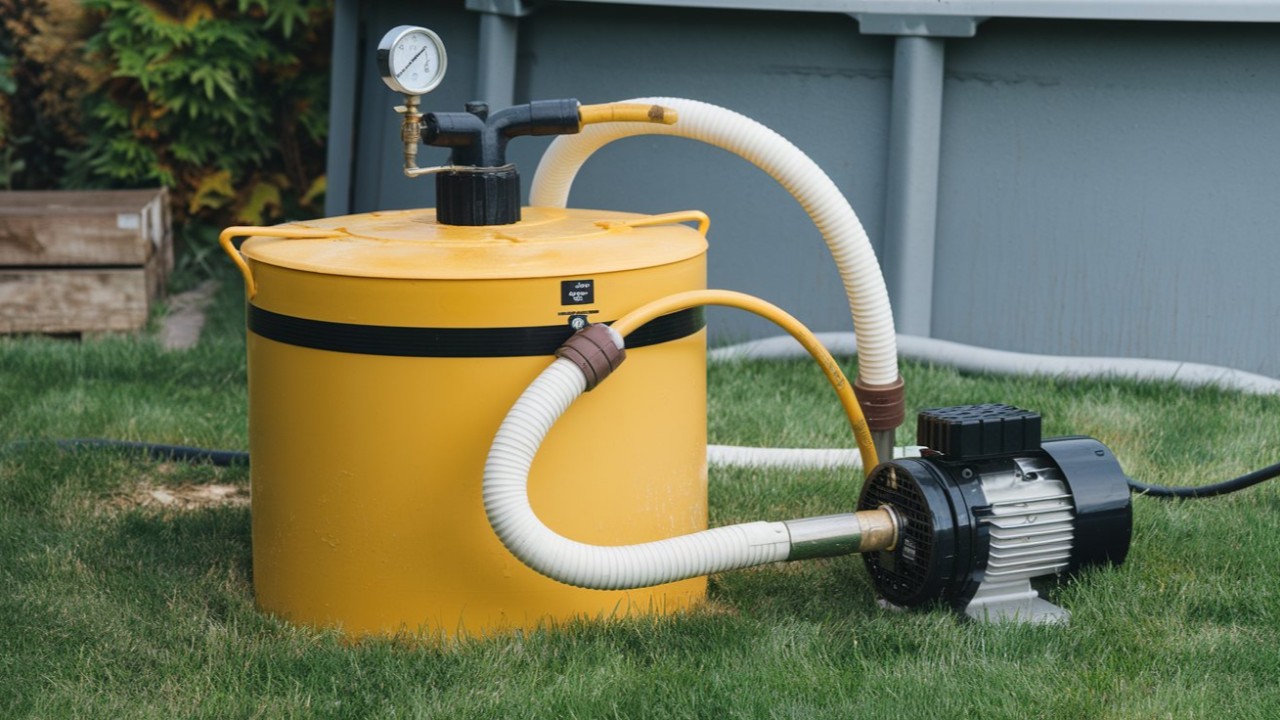In an era where sustainability meets leisure, energy efficient pools are transforming backyard oases into eco-friendly havens. These innovative designs minimize energy consumption while maintaining optimal water quality and comfort, appealing to environmentally conscious homeowners. By integrating advanced technologies and smart practices, energy efficient pools not only reduce utility bills but also contribute to a greener planet. This comprehensive guide delves into the essentials of creating and maintaining such pools, offering practical insights for both new installations and upgrades.
Benefits of Energy Efficient Pools
Adopting energy efficient pools brings multifaceted advantages. Primarily, they slash energy costs significantly. For instance, using a pool cover can reduce heating expenses by 50% to 70%. This is crucial since evaporation accounts for about 70% of a pool’s heat loss. Homeowners can save hundreds annually, with variable-speed pumps alone cutting bills by up to 80% compared to traditional models.
Environmental benefits are equally compelling. Lower energy use translates to reduced greenhouse gas emissions, aligning with global sustainability goals. Energy efficient pools conserve water too, decreasing evaporation and the need for frequent refills. This is vital in water-scarce regions, where such practices can cut makeup water requirements by 30% to 50%.
Health and convenience enhancements round out the perks. Consistent water circulation prevents algae buildup, ensuring safer swimming conditions. Automated systems simplify operations, allowing more time for enjoyment rather than chores. Overall, these pools elevate property value by appealing to eco-aware buyers.
Key Components of Energy Efficient Pools
Several elements define energy efficient pools. Variable-speed pumps stand out, adjusting flow rates to match needs and using up to 75% less energy than single-speed counterparts. They operate quietly and extend equipment life by reducing strain.
Pool covers are indispensable, trapping heat and curbing evaporation. Solar covers, in particular, harness sunlight to warm water naturally, potentially extending the swimming season without additional costs.
Heating systems like solar heaters or heat pumps provide efficient warmth. Solar options have minimal operating expenses, paying for themselves in 3-5 years. Heat pumps use ambient air for heating, offering year-round usability in various climates.
LED lighting illuminates pools with 80% less energy than incandescent bulbs, lasting longer and qualifying for rebates in some areas. Larger filters and optimized plumbing further enhance efficiency by easing water flow, minimizing pump workload.
Automation integrates these components, using timers and sensors to run equipment only when necessary, optimizing energy use based on usage patterns and weather.
How to Build or Upgrade to an Energy Efficient Pool
Building or upgrading to energy efficient pools starts with site assessment. Position the pool to maximize solar exposure and incorporate natural windbreaks like hedges to reduce evaporation—winds can increase energy loss by 300%. Darker finishes absorb more sunlight, aiding natural heating.
For upgrades, replace outdated pumps with variable-speed models. Install covers and automate filtration cycles—running pumps 6-8 hours daily suffices for most residential pools, saving up to 60% on electricity. Opt for solar heating to offset traditional systems.
Plumbing optimizations, such as larger pipes or gentler bends, can cut resistance by 40%. Regular maintenance, including filter cleaning, ensures peak performance.
Choosing the Best Pool Cleaner for Efficiency
Selecting the best pool cleaner contributes to energy efficient pools by reducing manual labor and optimizing circulation. Robotic cleaners are ideal, operating independently with low energy draw—often less than a light bulb. They scrub surfaces thoroughly, preventing debris buildup that forces pumps to work harder.
Consider models with programmable features for scheduled cleanings, aligning with off-peak energy hours. The best pool cleaner for your setup depends on pool size and shape; those with advanced navigation cover areas efficiently, minimizing runtime. Integrating a pool cleaner into your system enhances overall efficiency, as cleaner water requires less filtration.
Installation and Maintenance Tips
Installation of energy efficient pools demands professional expertise to ensure compatibility. Start with pump upgrades, followed by automation wiring for seamless control via apps.
Maintenance is straightforward: Clean filters monthly to avoid clogs, calibrate sensors quarterly, and inspect covers for tears. Use timers to align operations with low-demand periods, potentially shifting to off-peak tariffs for extra savings. Lower water temperatures by 1°F can save 10-30% on heating. Annual professional checks prevent issues, prolonging system life.
Common Challenges and Solutions
Energy efficient pools face hurdles like initial costs, but rebates and long-term savings offset this. Inconsistent heating in cloudy areas? Combine solar with heat pumps for reliability.
High evaporation in arid climates requires vigilant cover use. Automation glitches can arise; regular software updates resolve them. Addressing these proactively ensures sustained efficiency.
Conclusion: Embracing Sustainable Pool Ownership
Energy efficient pools represent the future of aquatic leisure, blending enjoyment with responsibility. By prioritizing technologies like variable-speed pumps, covers, and solar heating, homeowners achieve substantial savings—up to 75% on energy bills—while reducing environmental impact
Whether building anew or retrofitting, these strategies make pools more accessible and sustainable. Dive into efficiency today for a brighter, cooler tomorrow.

